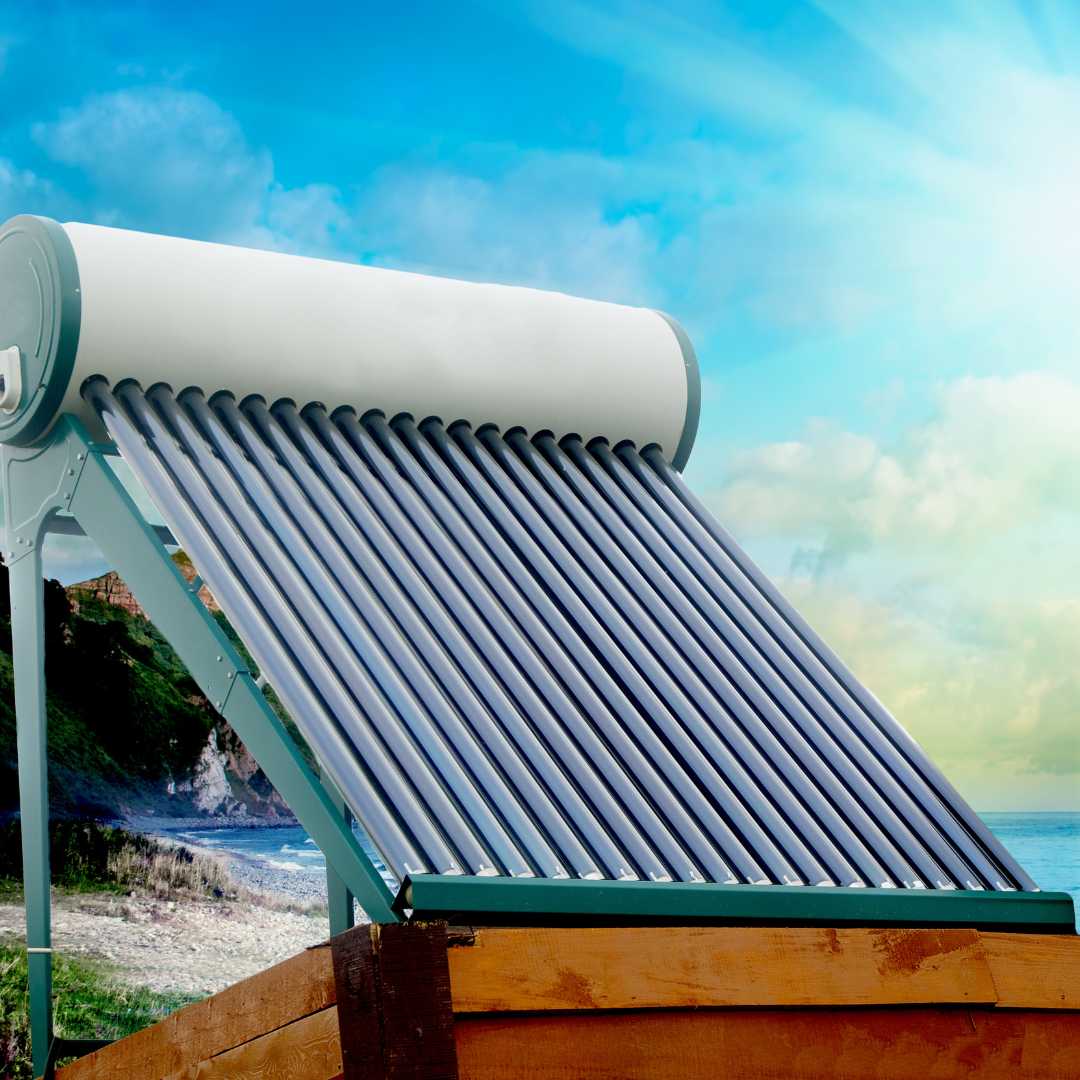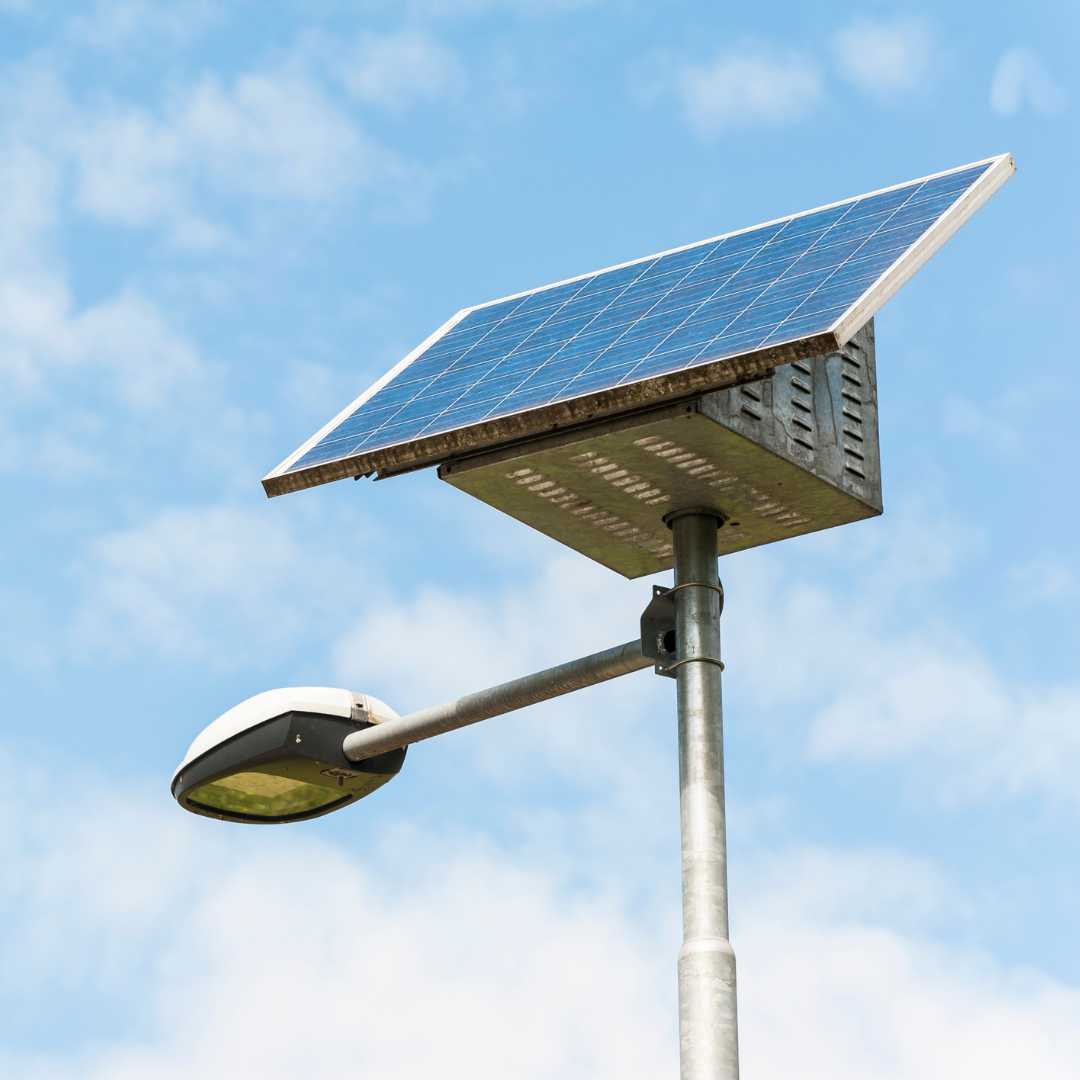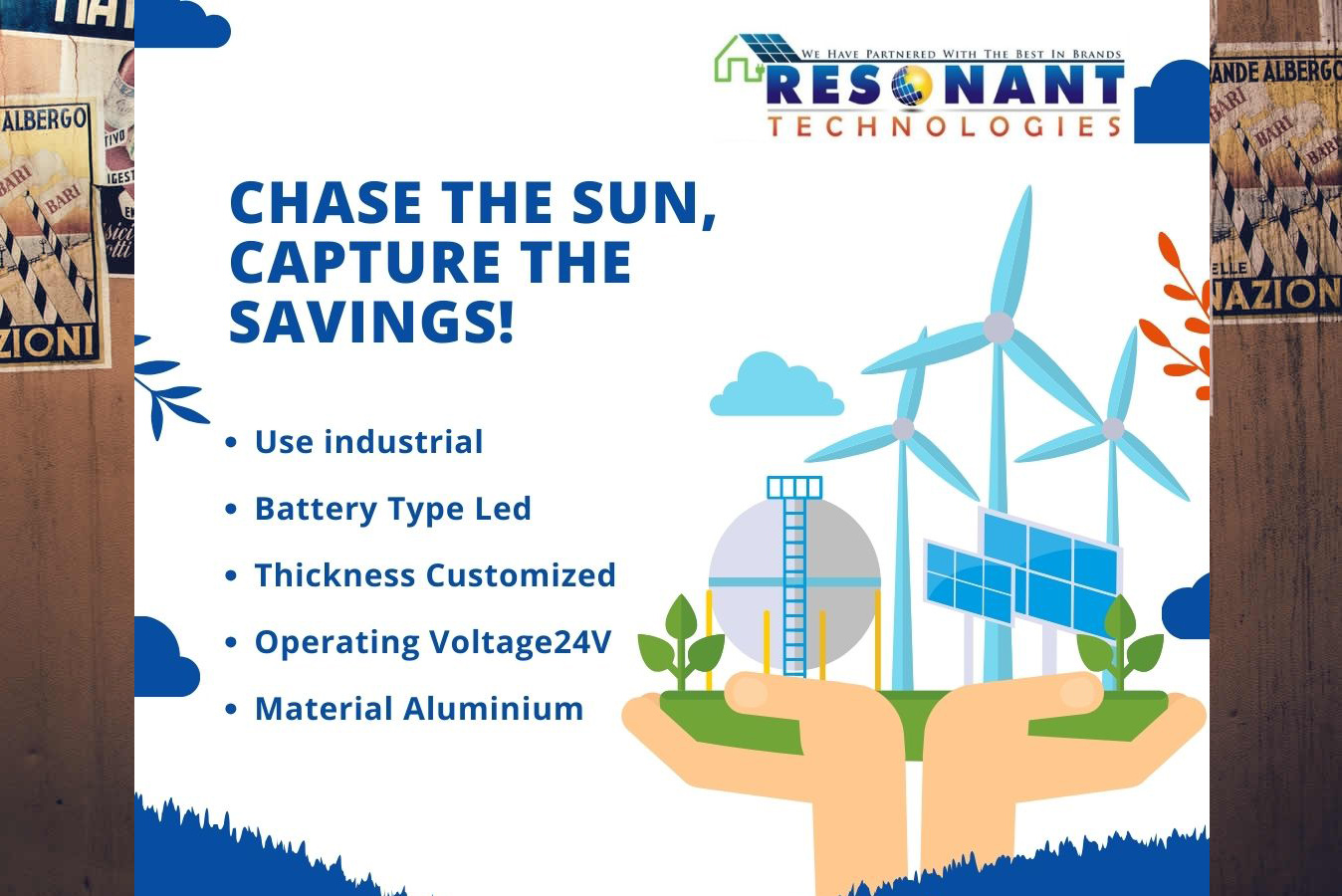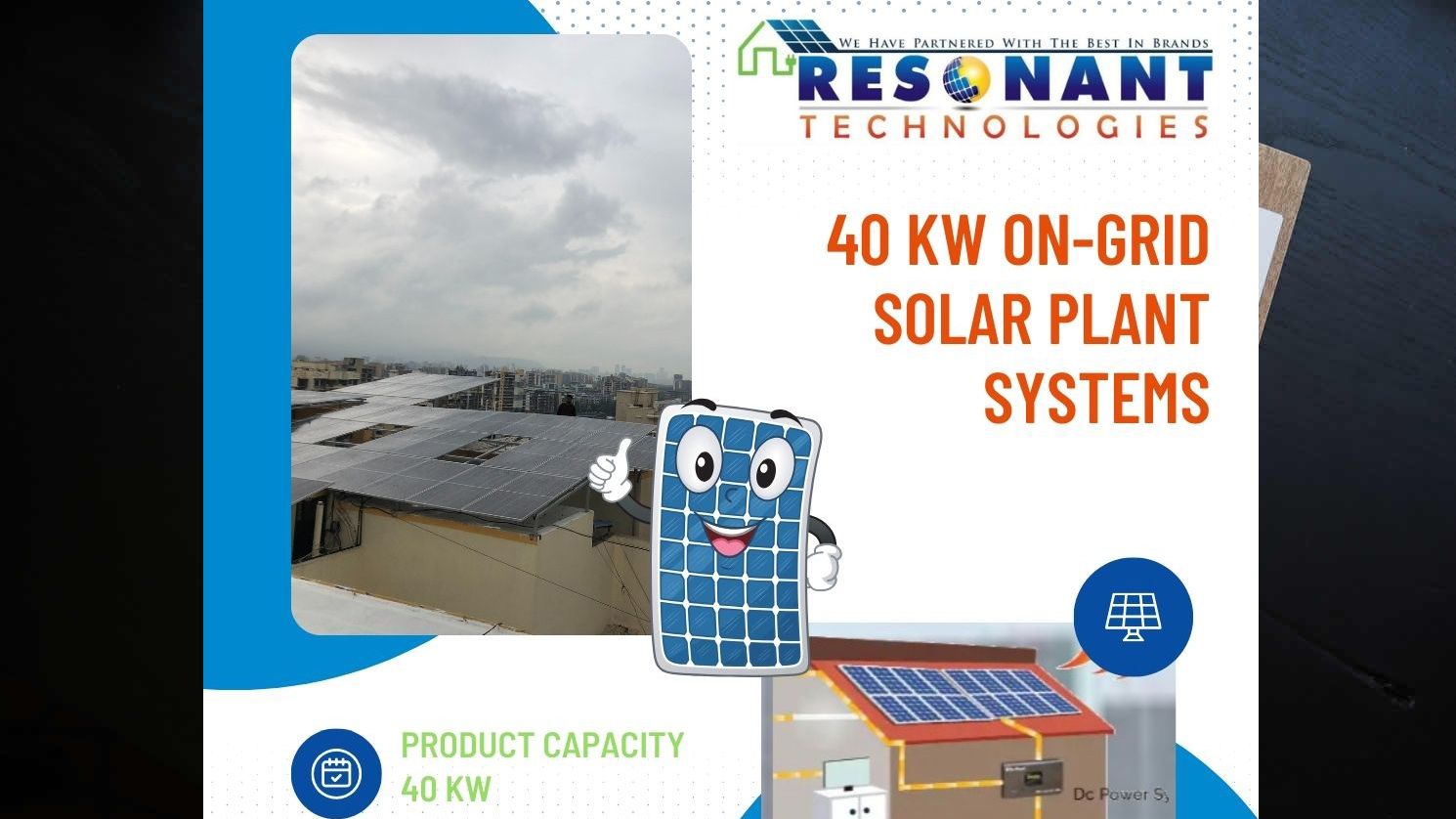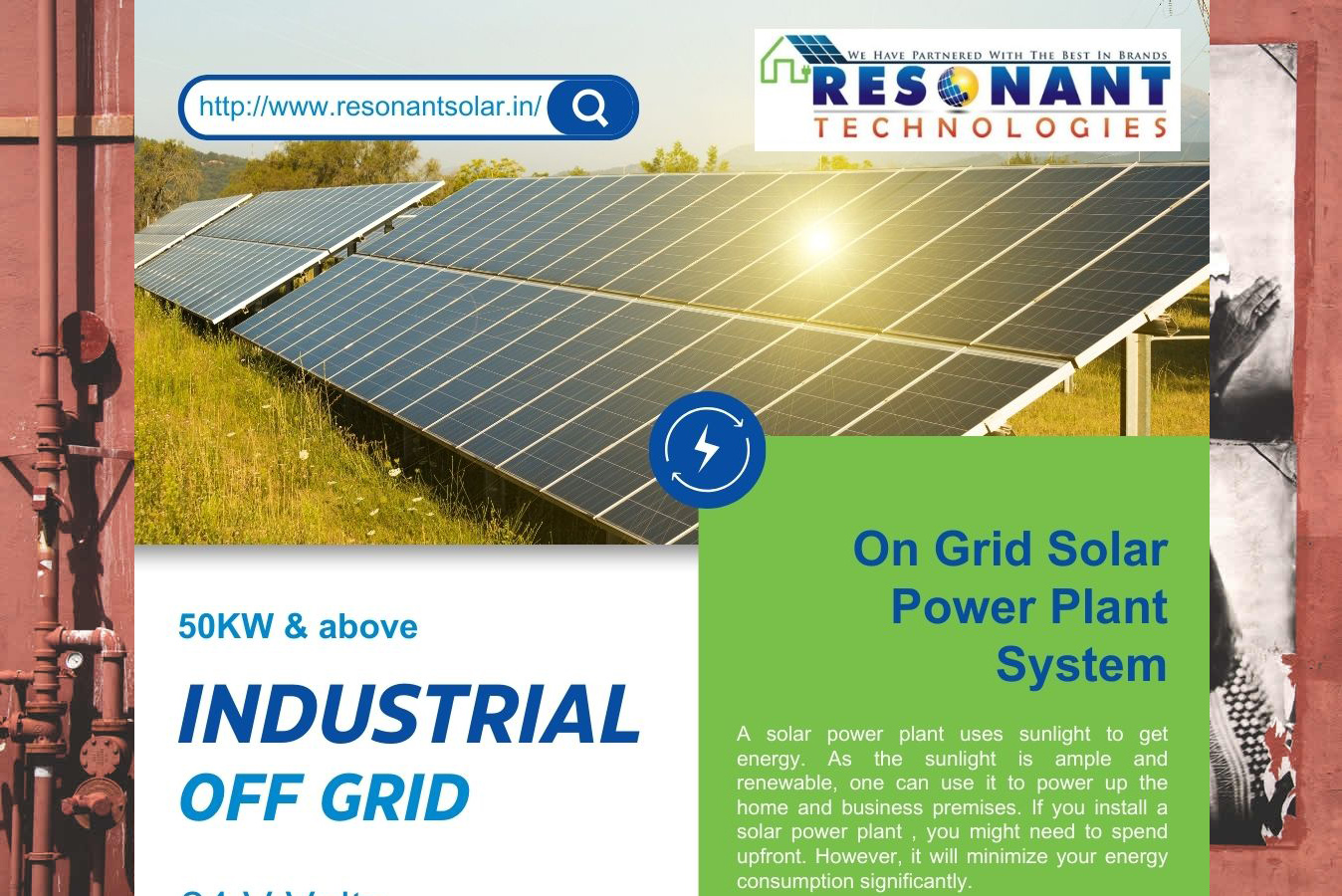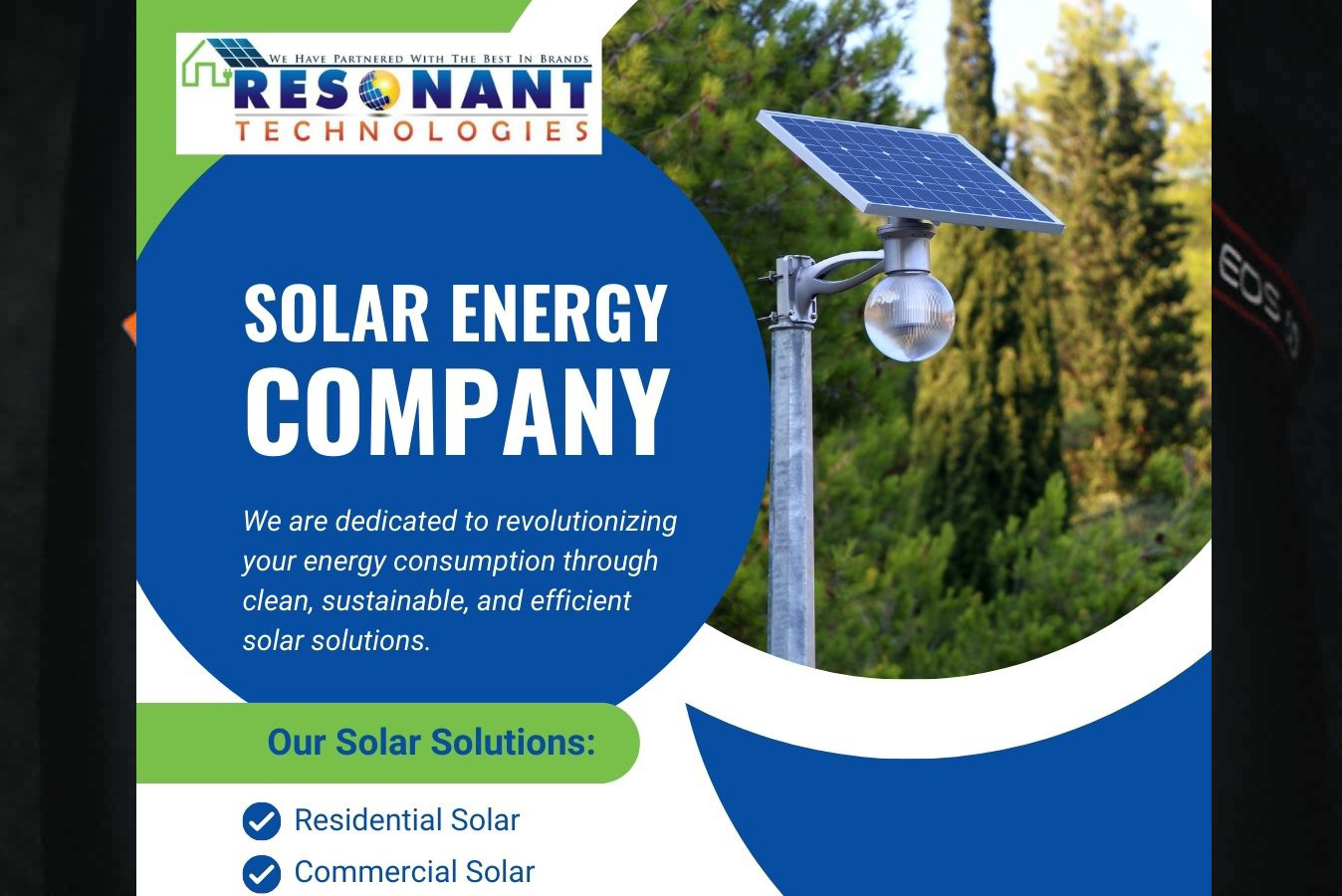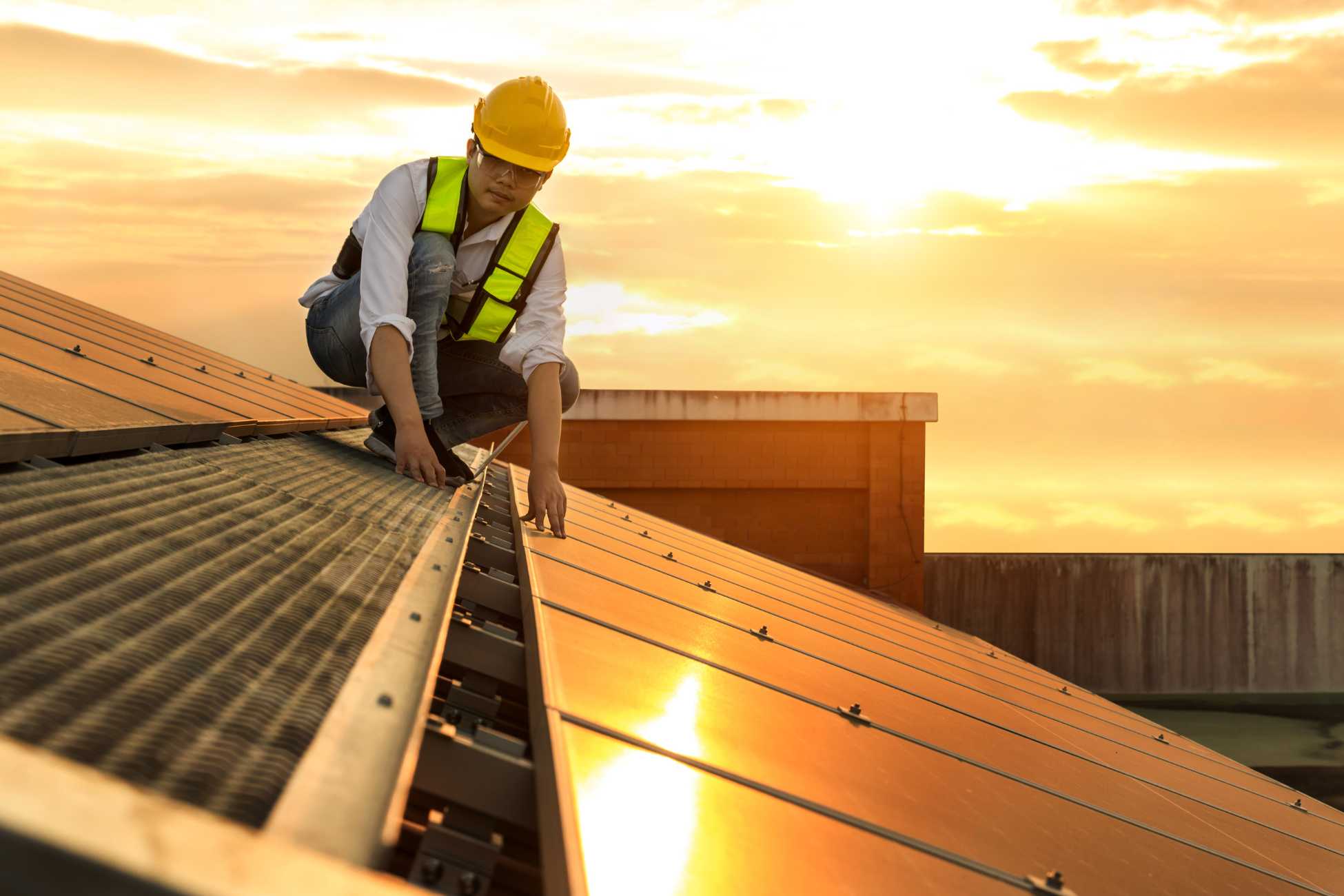
ON Grid Solar System
An on-grid solar system, also known as grid-tied solar system, is a solar power generation setup connected directly to the utility grid.
Components of an On-grid Solar System:
- Solar Panels: Photovoltaic modules that convert sunlight into electricity.
- Inverter: Converts the DC electricity produced by solar panels into AC electricity that can be used in your home or fed back into the grid.
- Meter: Measures the electricity produced and consumed from both the solar system and the grid.
- Mounting Structure: Provides support for solar panels installation on the roof or ground.
- Wiring and Connectors: Ensures proper connection between components of the system.
Installation Process:
- Designing the system based on energy needs and available space.
- Permitting and approvals from local authorities.
- Mounting solar panels securely on the roof or ground.
- Connecting the panels to the inverter using appropriate wiring.
- Installing the inverter and connecting it to the grid.
- Setting up the meter to monitor electricity flow.
- Testing the system to ensure proper functioning.
- Final inspection and grid connection.
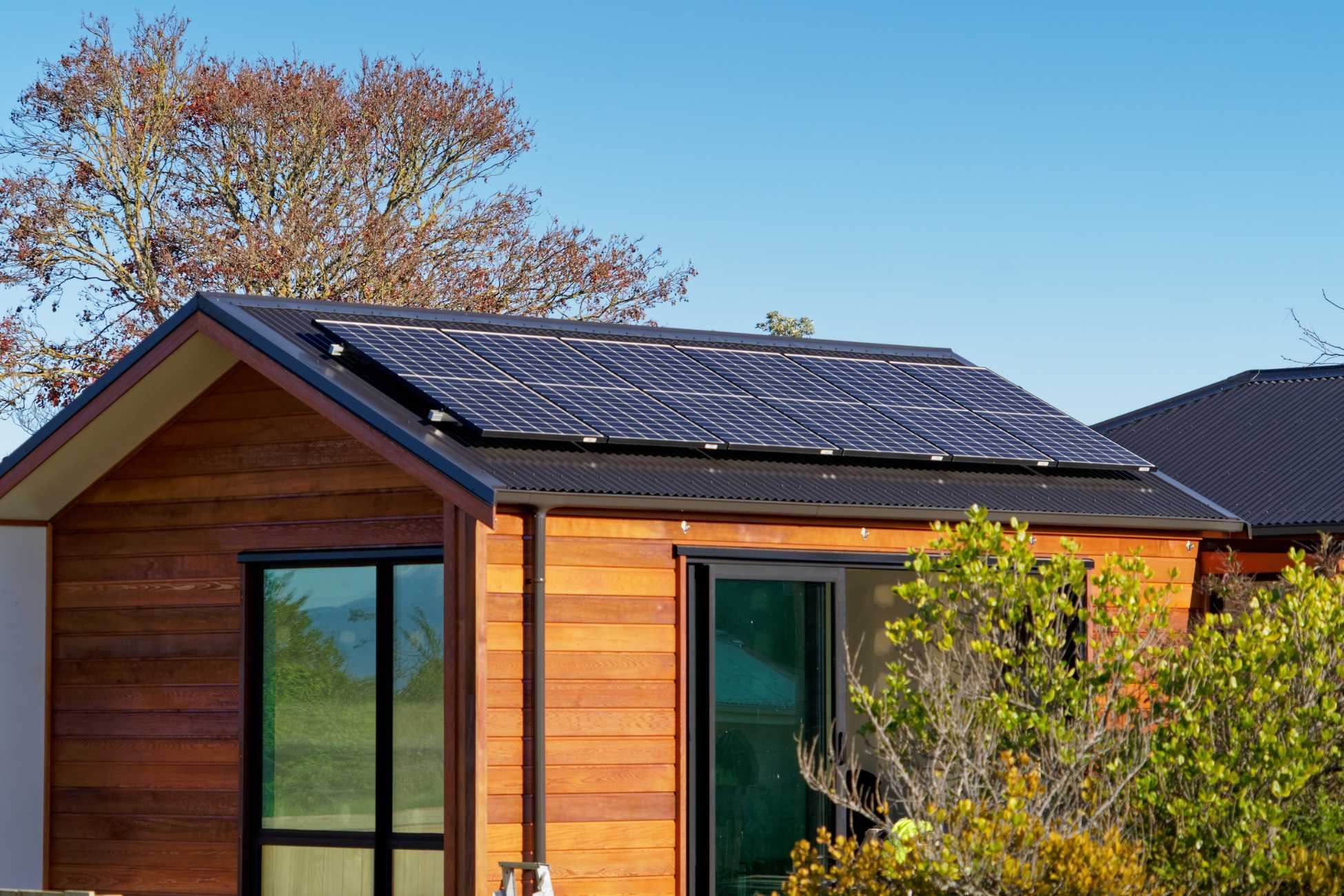
OFF Grid Solar System
An off-grid solar system is a standalone power generation setup that operates independently from the electrical grid. It is designed to provide electricity in remote areas or for those who prefer to be self-sufficient
Components of an Off-grid Solar System:
- Solar Panels
- Charge Controller
- Battery Bank
- Inverter
- Backup Generator (optional)
Installation Process:
- Solar Panels: Install panels on a location with maximum sunlight exposure, typically on the roof.
- Charge Controller: Connect the controller to regulate the voltage and current from the solar panels to the battery bank.
- Battery Bank: Store excess energy in batteries for use during periods without sunlight.
- Inverter: Convert DC power from the battery to AC power for household appliances.
- Backup Generator (optional): Install a generator for backup power during extended periods of low sunlight or high energy demand.
Emphasizing the importance of proper installation and regular maintenance is crucial to ensure the efficiency and longevity of the off-grid solar system.
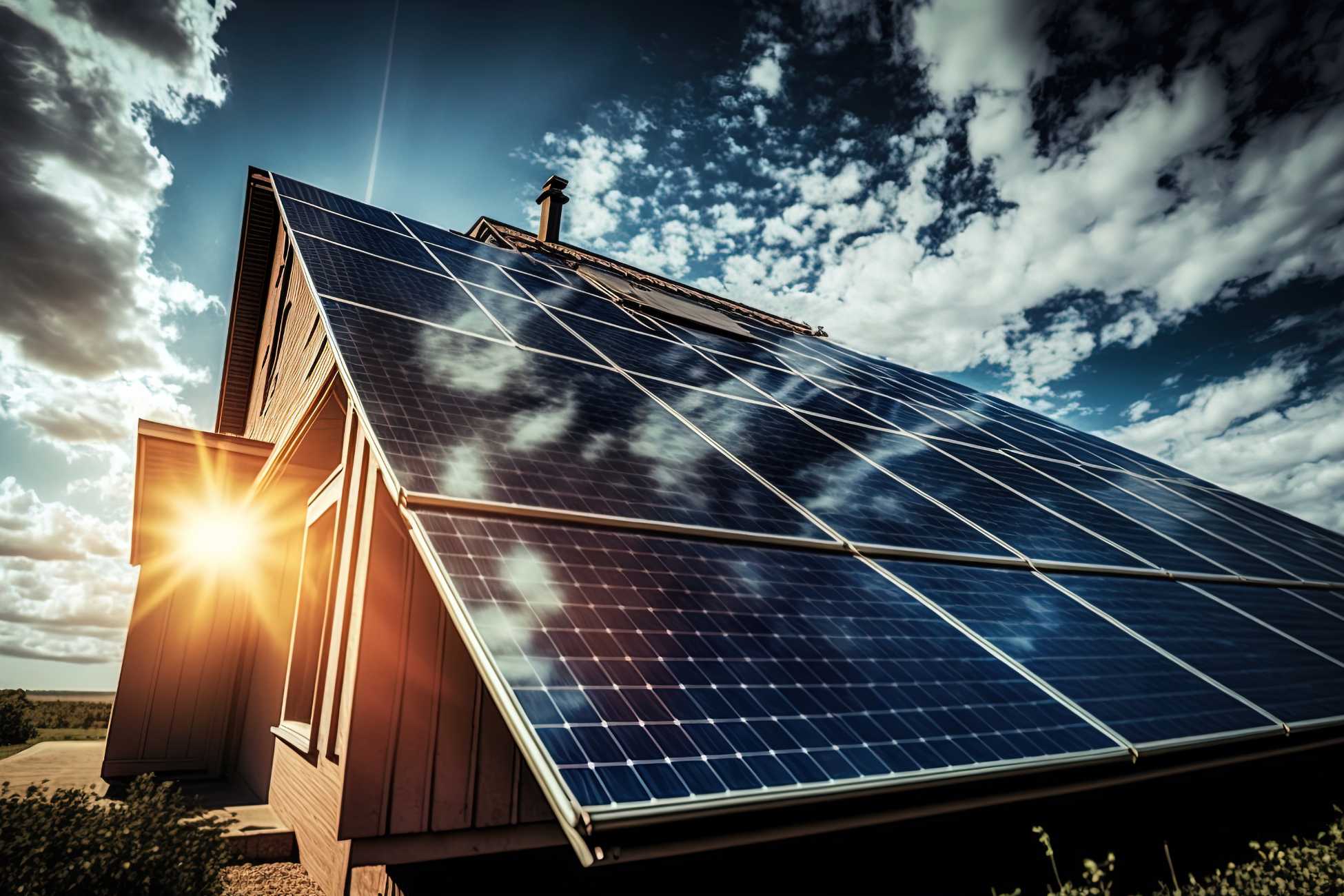
Residential Solar System
A residential solar system is a solar power setup designed for homes and small buildings. Unlike industrial solar installations, which are typically large-scale and used for commercial purposes, residential systems are tailored for individual households.
The installation process of a residential solar system involves several key steps:
- Consultation and Design: A consultation with a solar provider helps determine the homeowner's energy needs and assess the feasibility of solar installation. A custom design is then created based on factors such as roof size, orientation, and shading.
- Permitting and Approvals: Necessary permits and approvals from local authorities must be obtained before installation can proceed. This ensures compliance with building codes and regulations.
- Installation: Solar panels are mounted on the roof or ground, and other components such as inverters and racking systems are installed. Wiring and connections are carefully made to ensure safe and efficient operation.
- Grid Connection: Once the system is installed, it is connected to the utility grid through a net metering arrangement. This allows homeowners to receive credit for any excess electricity produced by their solar panels.
- Testing and Commissioning: The system undergoes thorough testing to verify its performance and ensure that it meets quality standards. Once testing is complete, the system is commissioned for regular use.
Differences: Residential vs. Industrial Solar
A residential solar system and an industrial solar installation differ significantly:
- Scale: A residential system typically serves a single home, while an industrial installation powers large-scale operations.
- Capacity: Residential systems are smaller, usually measured in kilowatts (kW), whereas industrial installations are larger, often measured in megawatts (MW) or gigawatts (GW).
- Location: Residential solar panels are commonly installed on rooftops, while industrial installations may cover extensive land areas.
- Purpose: Residential systems aim to reduce individual energy costs, while industrial installations contribute to grid-scale power generation.
- Customization: Residential systems are tailored to meet homeowner needs, whereas industrial installations are designed for specific industrial or commercial requirements.
The installation process for both involves:
- Assessment: Evaluating factors such as sunlight exposure and available space.
- Permitting: Obtaining necessary approvals from local authorities.
- Installation: Mounting solar panels, installing inverters, and connecting to the grid.
- Testing and Commissioning: Ensuring proper functionality before regular use.
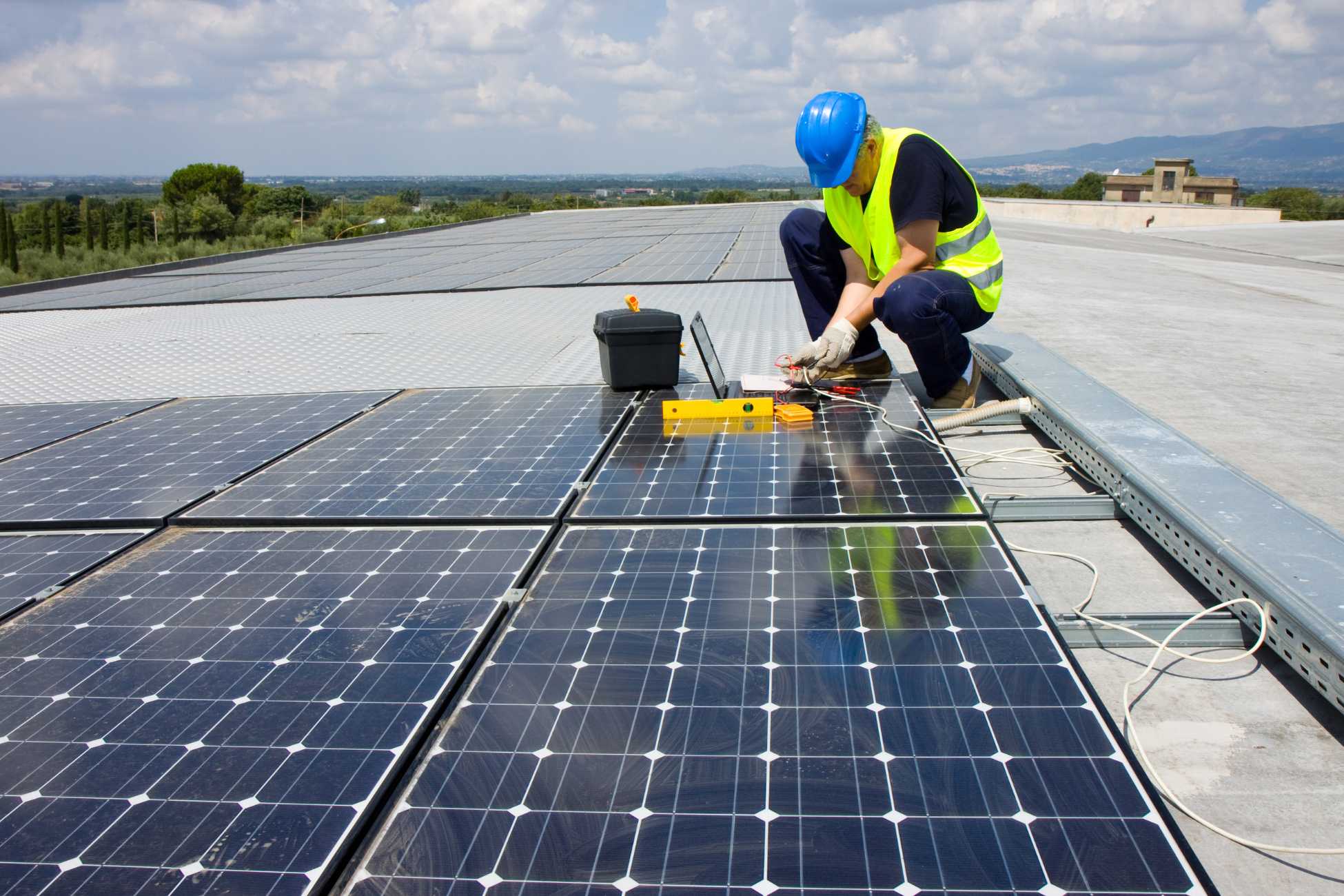
Commercial Solar System
A commercial solar system is designed to meet the energy needs of businesses, institutions, and large-scale operations. Here's an overview of its components and installation process:
- Solar Panels: These are the key components of a commercial solar system, capturing sunlight and converting it into electricity.
- Inverters: Commercial systems employ sophisticated inverters to convert the DC electricity generated by the solar panels into AC electricity suitable for use.
- Mounting Structures: Commercial installations often require custom-designed mounting structures to accommodate larger arrays of solar panels on rooftops or open land.
- Monitoring Systems: These systems allow real-time monitoring of energy production and system performance, enabling efficient management and troubleshooting.
- Grid Connection: Commercial solar systems are typically connected to the grid to ensure continuous power supply and to facilitate net metering.
The installation process for a commercial solar system involves several steps:
- Site Assessment: A thorough assessment of the site is conducted to determine the optimal locations for solar panels, considering factors such as sunlight exposure, shading, and structural integrity.
- Engineering and Design: Based on the site assessment, engineers develop detailed designs for the solar array, including specifications for panel placement, wiring, and mounting structures.
- Permitting and Approvals: Necessary permits and approvals are obtained from local authorities and utility companies before installation can begin.
- Installation: Solar panels, inverters, mounting structures, and other components are installed according to the approved design plans by trained professionals.
- Testing and Commissioning: The installed system undergoes comprehensive testing to ensure proper functionality and performance before being commissioned for operation.
- Training and Maintenance: Personnel responsible for managing the system receive training on operation and maintenance procedures to ensure optimal performance over its lifespan.
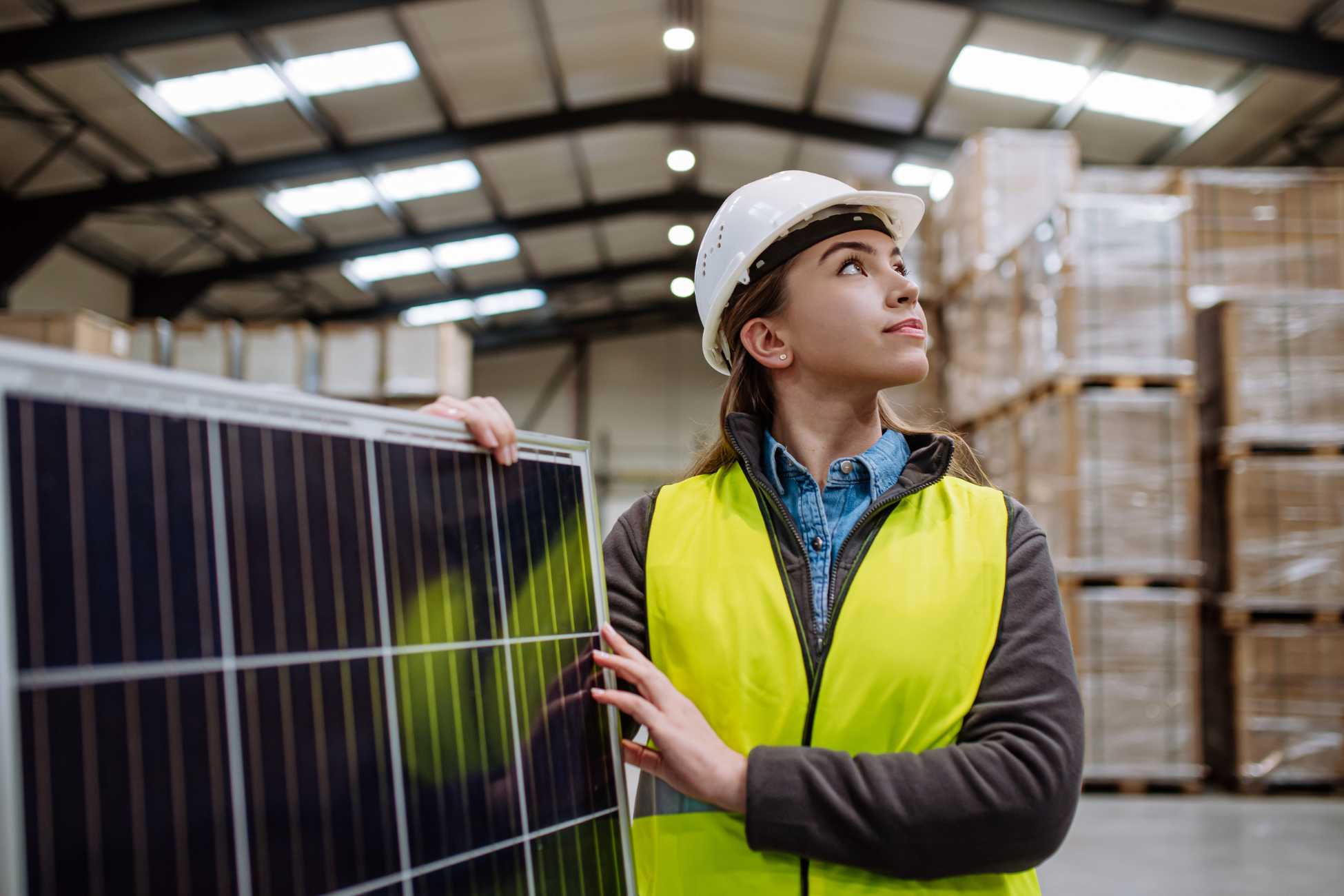
Hybrid Solar System
A hybrid solar system combines the benefits of both grid-tied and off-grid systems. It typically consists of:
- Solar Panels: These capture sunlight and convert it into electricity using photovoltaic cells.
- Battery Bank: Batteries store excess electricity generated by the solar panels for later use, providing power during periods of low sunlight or grid outages.
- Inverter: The inverter converts DC electricity from the solar panels and batteries into AC electricity suitable for household appliances.
- Grid Connection: The system is also connected to the utility grid, allowing for additional power supply when needed and the ability to sell excess electricity back to the grid.
The installation process for a hybrid solar system typically involves:
- Site Assessment: Evaluating the site to determine the optimal placement of solar panels and the feasibility of battery installation.
- Component Installation: Mounting solar panels on the roof or ground, installing the battery bank, and connecting all components according to the system design.
- Inverter Setup: Configuring the inverter to manage the flow of electricity between the solar panels, batteries, and the grid.
- Grid Connection: Connecting the hybrid system to the utility grid, ensuring compliance with safety regulations and utility company requirements.
- Testing and Commissioning: Thoroughly testing the system to verify proper functionality, including charging and discharging of batteries, grid interaction, and backup power supply.
Hybrid Residential vs. Commercial Solar Systems
| Aspect | Hybrid Residential Solar System | Commercial Solar System |
|---|---|---|
| Scale | Small to medium scale, designed for individual homes or small communities. | Large scale, designed for commercial buildings, industrial facilities, or utility-scale installations. |
| Integration | Integrated with the grid and often include battery storage for backup power. | Grid-tied, with potential for net metering and selling excess electricity back to the grid. |
| Purpose | Provide backup power during grid outages and reduce reliance on the grid. | Offset energy costs, reduce carbon footprint, and potentially generate revenue. |
| Size | Typically smaller in terms of installed capacity and physical footprint. | Can be significantly larger, covering extensive areas of land or rooftop space. |
| Customization | Tailored to meet specific energy needs and space constraints of individual households. | Designed based on the energy demands and available space of commercial entities. |
| Cost | Lower upfront costs due to smaller scale and potential for incentives. | Higher upfront costs due to larger scale and complexity, but potential for long-term savings. |
| Regulations | Subject to residential zoning and permitting regulations. | Subject to commercial zoning, permitting, and utility regulations. |
| Maintenance | Generally requires less maintenance due to smaller scale and simpler configurations. | May require more frequent maintenance due to larger scale and complexity. |
| Longevity | Expected to last for decades with proper maintenance and occasional upgrades. | Designed for long-term use with periodic maintenance and potential upgrades. |
